September in the Vegetable Garden - Feeding and protecting your soil
It is has been an interesting year in the Quickcrop garden with a hot and dry start followed by plenty of rain. The overcast or rainy days have not been much use for ripening tomatoes but has been great for brassicas with some lovely cabbage, kohl rabi and broccoli plants providing some delicious harvests.
That's the thing about vegetable growing, you will never get a a season that perfectly suits all crops. Some things do better than others depending how the season turns out; there will always be a failure or two but equally something will do particularly well.
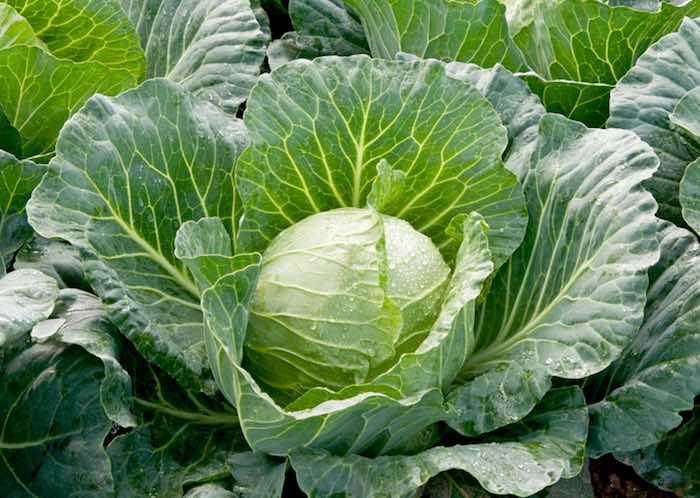
What to do in the garden in September There are plenty of things you can be doing in the September garden. Mostly you will be concentrating on the harvest with many crops being used straight away while others need to be processed and stored. You wouldn't think it as a new vegetable grower but old hands will know that the harvest and storing of produce is often more work than actually growing vegetables in the first place.
Next week I will be talking about vegetable storage but this week I'd like to cover what to do with bare soil once crops have been picked and looking at cultivating new areas in the garden at this time of year.
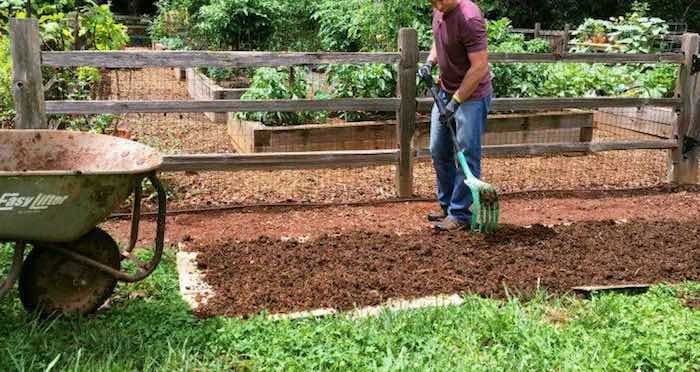
The end of the season is about new beginnings Vegetable growing is a cycle that follows the seasons so doesn't really have a beginning or an end. When vegetables are harvested the nutrients used to grow them must be replenished and the soil prepared for next year's crops. September is also a great time to think about new areas in the garden; work done now will allow you to start growing and get a full season from a new space with very little effort next year.
Autumn is also a good time to build new gardens as grass and weed growth has slowed down meaning freshly cleared areas will stay cleared for longer giving you time to get organised. When making a new vegetable bed the two key things you need to look at are clearing weeds and soil fertility.
The easy way to achieve both is to cover the new area with layers of cardboard to starve weeds of light and covering the whole lot with manure and/or compost. By next Spring most of the weeds will have died back and you can plant into the well rotted mulch on top.
The only other thing I would recommend is removing any deep root perennial weeds like dandelions or docks before you do this as they are more difficult to eradicate with a mulch. Without question the best tools for this work are the hoes from the Chillington range which make short work of 'hoiking' out deep root weeds quickly and easily.
The video above is one I made in the early days of Quickcrop showing the Chillington tool range and hopefully explaining why they work so well. The Canterbury fork hoe still remains my favourite tool for all sorts of jobs and one I highly recommend.

Chillington Canterbury Fork Hoe
View ProductIf you are using the cardboard and mulch method make sure you use plenty of cardboard. I would be inclined to use at least 3cm of compressed cardboard and newspaper otherwise it will rot through too quickly and allow weeds to come through.
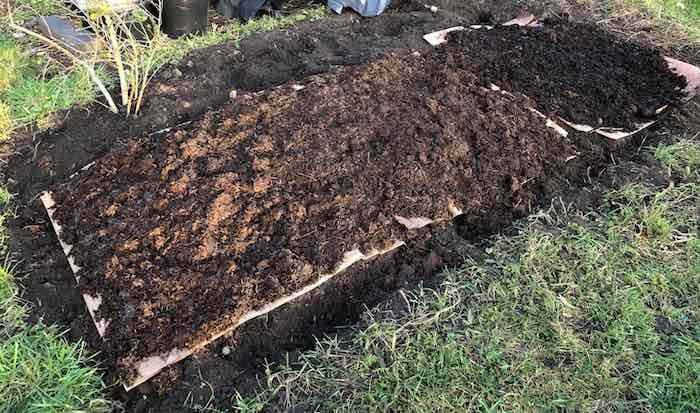
As regards material to place on top, well or partially rotted manure is ideal but if this is not an option for you bulk compost will also be good. Bulk bags of 'Envirogrind' will be spot on for this method, I often mix it with grass clippings to add bulk and nitrogen.
If you live in a wet part of the country it is also a good idea to cover your beds with mypex (weed block membrane) which will save the mulch from the worst of the rain and further exclude light.
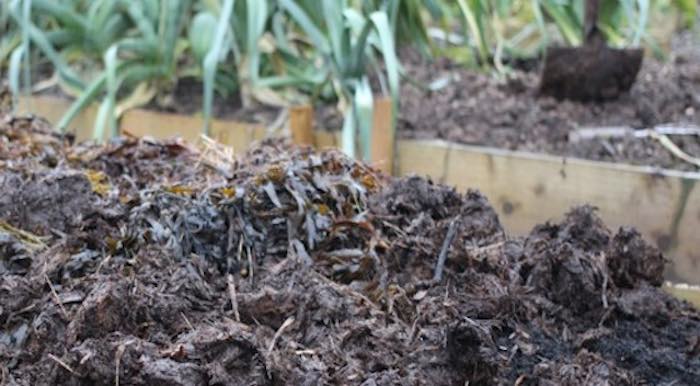
Feeding and protecting existing beds The same feeding and protecting regime also applies to existing beds which is best done as soon as your crops have come out. The most important part here is to protect bare soil from having it's nutrients washed out by winter rain. Any mulch will help but ideally you want material which will also feed the soil.

Seafeed Organic Seaweed Meal Soil and Plant Feed
View ProductI am lucky to have easy access to bulk material and usually go for a 3 layers starting with garden compost, a layer of manure and then finished with seaweed. I can understand you might not be able to get your hands on all this but you can achieve the same result with other options. We can supply envirogrind, organic horse manure and seaweed meal which will give the same nutrients but will not be as bulky. Again you can also mix in lawn clippings or leaf mould, anything that will rot down while providing a protective layer.
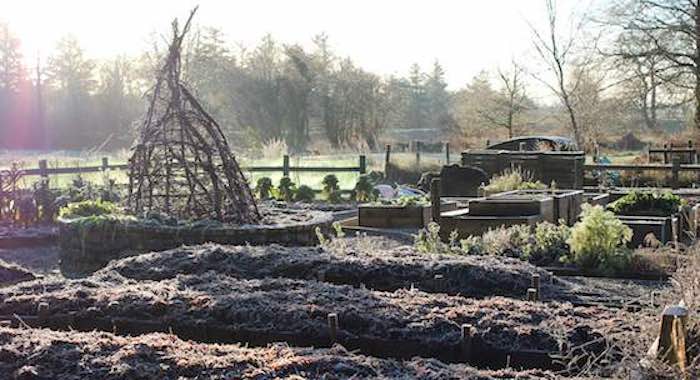
The above photo is my garden on a frosty morning in December where you can see the beds in the foreground covered in their thick seaweed blanket. I must say it is immensely satisfying to look at this knowing the magic that is going on underneath and looking forward to watching plants thrive in this fertile mix come Spring.
If you attend to beds as crops come out you won't notice the work and will soon find the whole garden has been 'put to bed' for the winter. You can feel happy that you have cared for and respected your soil which will repay you next year with strong and healthy crops.
So good we bought the company I don't know if any of you are old enough to remember the TV ad for Remington shavers where Victor Kiam used the catchphrase "I liked the shaver so much, I bought the company" which made him a household name. I include the video above if anyone fancies a trip down memory lane.
As many of you know I am a big fan of the 'Growgrid' range of planting mats which I find particularly good for onions and garlic. 'Growgrid' can also be used for wider spaced vegetables as it is available 4 different size grid options so can be used with almost any crop.
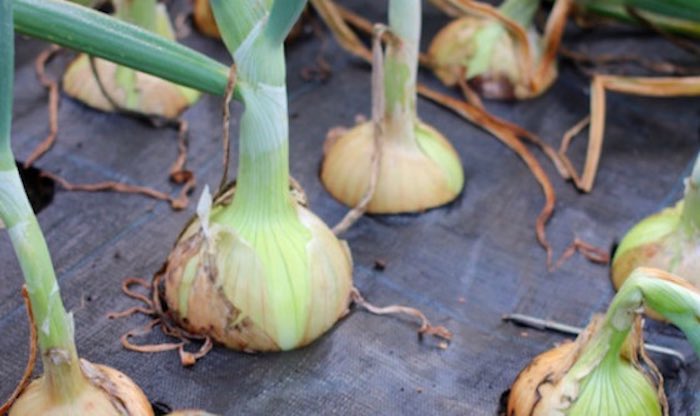
The concept is a simple one where a weed block mat is punched with heat sealed planting holes. Once the mat is in place it virtually eliminates weeding and provides a protective covering for your beds. We have found this to be a fantastic product.
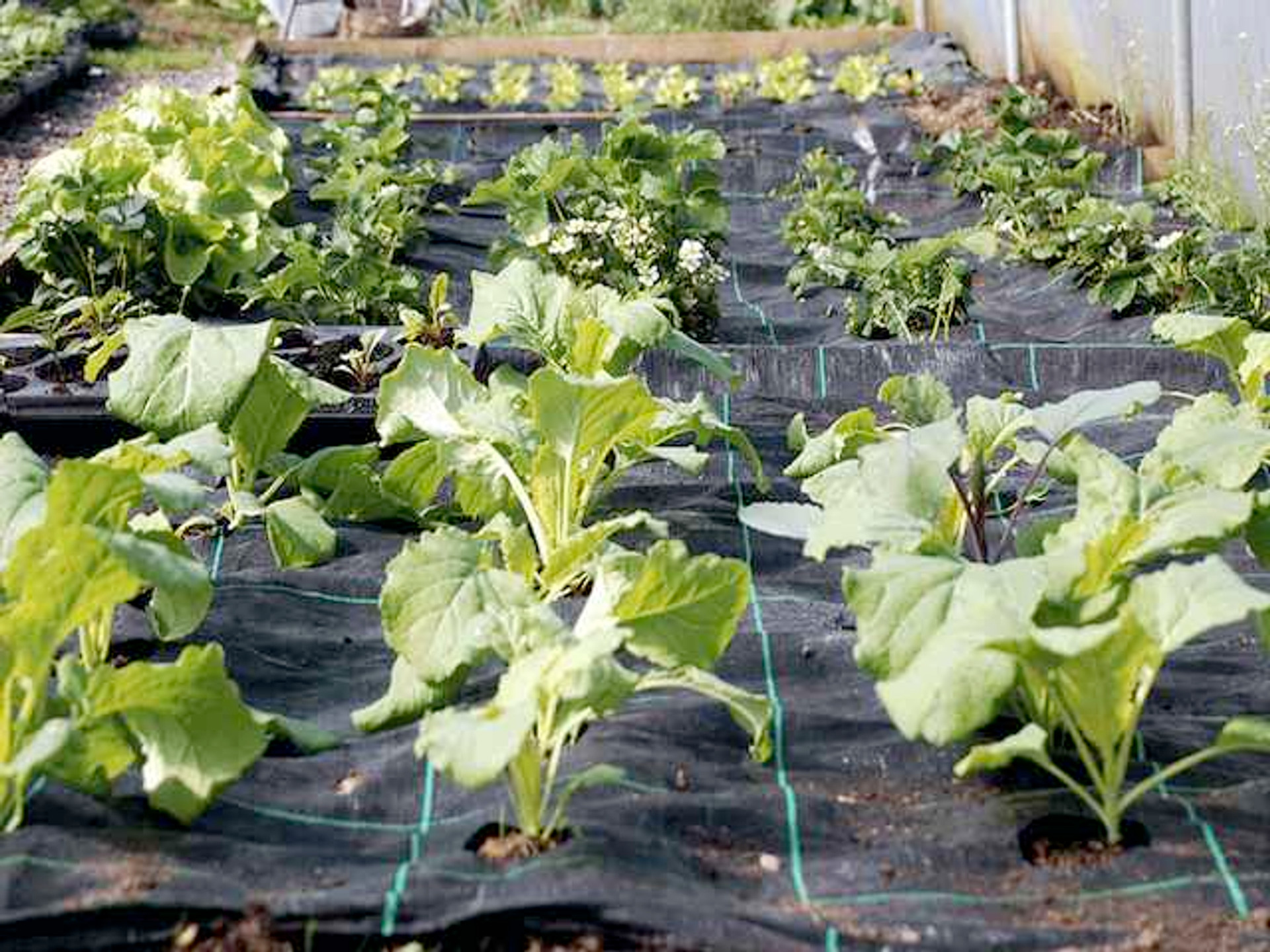
Gro Grid
View ProductsDue to enquiries for larger scale mats and other off standard sizes we have decided to purchase the business that produces the mats. We have been out of stock of the large sizes of onion mats while this process was being finalised but are commencing production again this week so will have the full range ready to ship very soon.
That's it for now, I'll see you next week!

